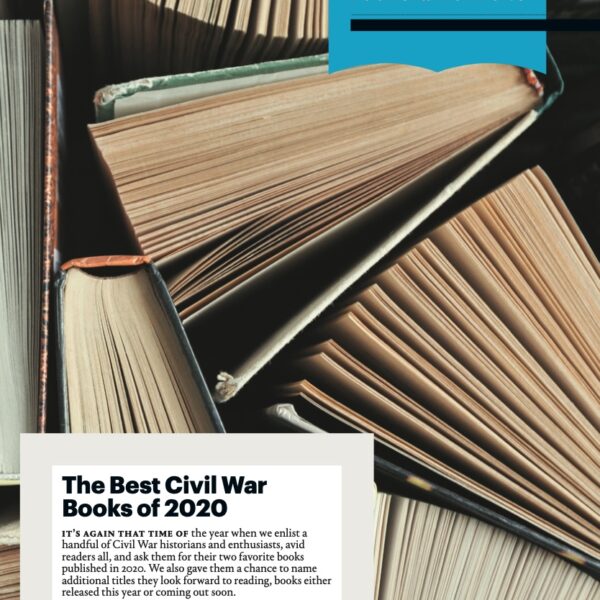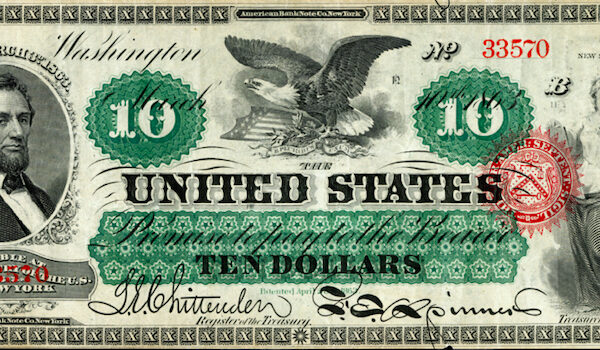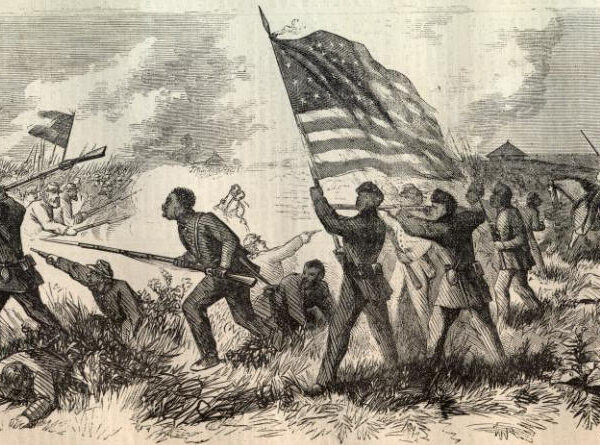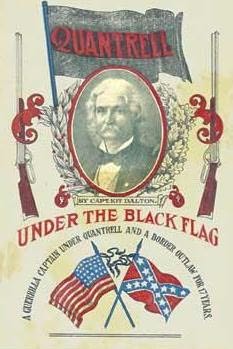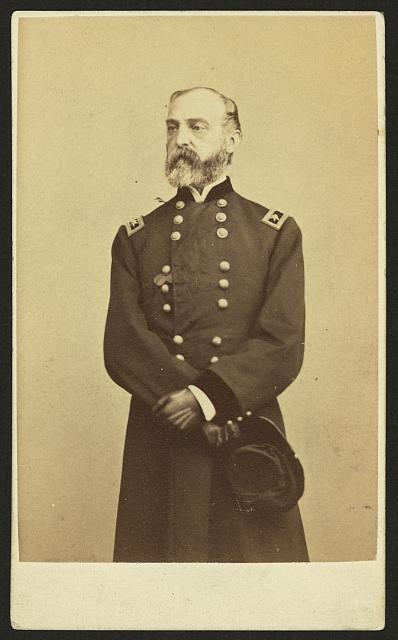
On July 7 Major General George Gordon Meade left Gettysburg and traveled to Frederick, Maryland. He found the streets crowded with people eager to get a glimpse of him. The citizens treated him “like a lion,” but he did not allow it to go to his head. After the botched opportunities of Antietam, George McClellan had written to his wife that he had fought a “masterpiece of war.” Meade was cut from a different cloth. The papers, he said, were making too much of him. “I claim no extraordinary merit for this last battle, and would prefer waiting a little while to see what my career is to be before making any pretensions,” he said. “I did and shall continue to do my duty to the best of my abilities, but knowing as I do that battles are often decided by accidents, and that no man of sense will say in advance what their result will be, I wish to be careful in not bragging before the right time.”1
Meade had every intention of completing his work before Robert E. Lee and his army could cross the Potomac River to safety at Williamsport. As the Union cavalry harassed the retreating Confederates, the infantry made its tortuous way though driving rain and cloying mud on a roundabout flank march. The torrential rains transformed roads into quagmires that sucked the shoes off the feet of the soldiers still lucky enough to wear them. Even traveling on the National Road proved difficult. “Napoleon crossing the Alps will no longer be mentioned as the climax of heroic achievements. Sedgwick marching over the Catoctin Mountains has entirely eclipsed that,” one soldier noted.2
On July 8 Meade made his headquarters in Middletown. With both Mother Nature and his supply situation taking a toll on his army, Meade began to worry about his ability to catch Lee before the rebels crossed the river. He wired Union General -in-Chief Henry Halleck. “Be assured I most earnestly desire to try the fortunes of war with the enemy on this side of the river, hoping through Providence and the bravery of my men to settle the question, but I should do wrong not to frankly tell you of the difficulties encountered,” he warned. “I expect to find the enemy in a strong position, well covered with artillery, and I do not desire to imitate his example at Gettysburg, and assault a position where the chances were so greatly against success. I wish in advance to moderate the expectations of those who, in ignorance of the difficulties to be encountered, may expect too much. All that I can do under the circumstances I pledge this army to do.”3
In Washington this no doubt conjured up memories of McClellan and his constant excuses and requests for resupply and reinforcements. Yet the comparison is not fair to Meade. McClellan waited for more than a month after the Battle of Antietam before he initiated a full pursuit of the enemy. Meade allowed only a day to elapse before he began his pursuit, after a three-day battle that had left his army seriously bloodied and his officer corps sadly diminished. Still, the telegraph wires between Halleck and Meade hummed with messages from Washington. “There is reliable information that the enemy is crossing at Williamsport,” Halleck wired on July 8. “The opportunity to attack his divided forces should not be lost. The President is urgent and anxious that your army should move against him by forced marches.”
Meade began to bristle. “My information as to the crossing of the enemy does not agree with that just received in your dispatch,” he replied. “My army is and has been making forced marches, short of rations, and barefooted. One corps marched yesterday and last night over 30 miles. I take occasion to repeat that I will use my utmost efforts to push forward this army.”
“Do not understand me as expressing any dissatisfaction,” Halleck replied; “on the contrary, your army has done most nobly. I only wish to give you opinions formed from information received here.”
On July 9 Meade made his headquarters at the Mountain House at Turner’s Gap. The little town of Boonsboro sat at the base of South Mountain on the west side. If the Confederates held Boonsboro they could keep the Federals from streaming down South Mountain. Meade ordered Howard and the XI Corps and Sedgwick and the VI to hurry to Boonsboro, where John Buford’s cavalry was opposed by Jeb Stuart’s horsemen. On July 8 Buford’s cavalry managed to force their opponents back toward the little town of Funkstown, but Stuart had accomplished his goal of standing between the Union and Lee’s retreating army.
Halleck continued to telegraph jittery messages to Meade. “Do not be influenced by any dispatch from here against your own judgment,” he wired on July 9. “Regard them as suggestions only.” The next day Halleck seemed to be sharing Meade’s caution. “I think it will be best for you to postpone a general battle till you can concentrate all your forces and get up your reserves and re-enforcements,” he wired. “Beware of partial combats. Bring up and hurl upon the enemy all your forces, good and bad.” The arriving troops, though, were not all that Meade could have desired. Back in Harrisburg, Darius Couch sent a force under cantankerous Brig. Gen. William “Baldy” Smith south to reinforce Meade. But these men were untested militia, and Meade had no intention of using them in situations where they could do more harm than good.
On July 12 Meade established his headquarters on Antietam Creek at a spot called the Devil’s Backbone. He sent another wire to Halleck. He planned to attack the next day “unless something intervenes to prevent it.” That night another council took place in Meade’s small and crowded tent at Devil’s Backbone. The XI Corps’ Oliver O. Howard and Maj. Gen. James Wadsworth, who had taken over the I Corps from an ill John Newton, voted to attack. The rest of the corps commanders voted to hold off until the army could better investigate Lee’s defenses. Perhaps remembering what had happened at Chancellorsville when Hooker overruled his corps commanders, Meade decided to defer to his generals’ advice. He postponed his attack for a day.
The next day Meade wired Halleck about his plans. He received a terse message in reply. “You are strong enough to attack and defeat the enemy before he can effect a crossing,” said the general in chief. “Act upon your own judgment and make your generals execute your orders. Call no council of war. It is proverbial that councils of war never fight. Re-enforcements are pushed on as rapidly as possible. Do not let the enemy escape.”
On the morning of July 13 war correspondent Charles Carleton Coffin of the Boston Journal rode over to Meade’s headquarters at Devil’s Backbone. As Coffin talked with Seth Williams, Meade entered the tent, dripping wet from the rain. “We shall have a great battle to-morrow,” he told Coffin. “The reinforcements are coming up, and as soon as they come we shall pitch in.’”4
What Meade didn’t know was that the Confederates had been busily constructing a bridge across the Potomac. Engineering teams had been tearing apart Williamsport warehouses and other structures for raw materials and using borrowed teapots to heat the tar they needed to seal the sixteen boats they built to support the bridge. Starting late at night on July 13 Longstreet’s and A. P. Hill’s corps crossed the Potomac here, while Ewell’s men forded the river just above Williamsport. Once the last of the Southern soldiers who could make it across the bridge reached the Virginia side, the commander of the final regiment cut the ropes behind him, and the current pushed the bridge over to the far side. Meade had lost his chance to bag the Army of Northern Virginia.
Halleck sent a wire to Meade as soon as he received the bad news. “I need hardly say to you that the escape of Lee’s army without another battle has created great dissatisfaction in the mind of the President,” he said, “and it will require an active and energetic pursuit on your part to remove the impression that it has not been sufficiently active heretofore.”
Quartermaster Rufus Ingalls entered the tent as Meade was reading the telegram. “Ingalls, don’t you want to take command of this army?” Meade asked.
“No, I think it’s too big an elephant for me,” replied Ingalls.
“Well, it’s too big for me, too,” said Meade. “Read that.” He handed him the telegram.5
Meade then sent a reply to Halleck. “Having performed my duty conscientiously and to the best of my ability,” he replied, “the censure of the President conveyed in your dispatch of 1 p.m. this day, is, in my judgment, so undeserved that I feel compelled most respectfully to ask to be immediately relieved from the command of this army.”
Tom Huntington is the former editor of Historic Traveler and American History magazines and the author of Ben Franklin’s Philadelphia (2005), Pennsylvania Civil War Trails (2007) and Guide to Gettysburg Battlefield Monuments (2013). His magazine articles have appeared in American Heritage, Smithsonian, Preservation, Air & Space, America in WWII, Civil War Times, America’s Civil War, and many other publications. He lives in Camp Hill, Pennsylvania, with his wife, Beth Ann, and his children, Katie and Sam.
1George Meade, The Life and Letters of George Gordon Meade, Major-General United States Army, 2 vols (New York: Charles Scribner’s Sons, 1913), II: 132.
2Eric J. Wittenberg, David Petruzzi, and Michael F. Nugent, One Continuous Fight: The Retreat from Gettysburg and the Pursuit of Lee’s Army of Northern Virginia, July 4-14, 1863 (New York: Savas Beatie, 2008) reprint, (Philadelphia: Casemate Publishers, 2011) 148.
3The communications between Meade and Halleck are all from Official Records, Series I, Volume 27, Part One, but they are compiled on the web at www.civilwarhome.com/aftergettysburgor.htm.
4Charles Carleton Coffin, Four Years of Fighting: A Volume of Personal Observation with the Army and Navy, from the First Battle of Bull Run to the Fall of Richmond (Boston: Ticknor and Fields, 1866) 302-305.
5Account from Evelyn Page, “After Gettysburg: Frederick Law Olmsted on the Escape of Lee,” Pennsylvania Magazine of History and Biography 75, no. 4 (October 1951): 436-446.
Photo Courtesy Library of Congress (loc.gov).
“The Pursuit” is adapted from the author’s book Searching for George Gordon Meade: The Forgotten Victor of Gettysburg courtesy of Stackpole Books.
